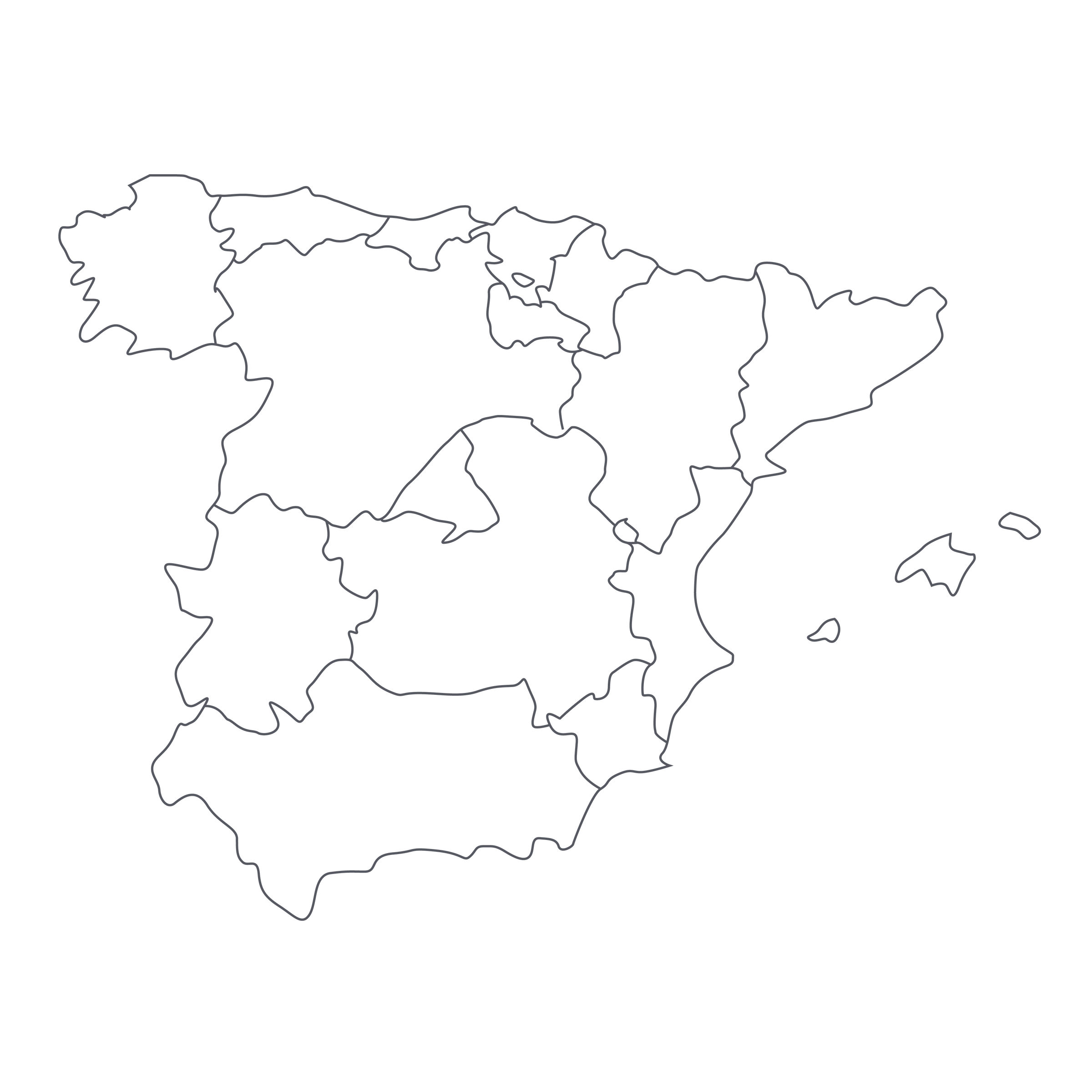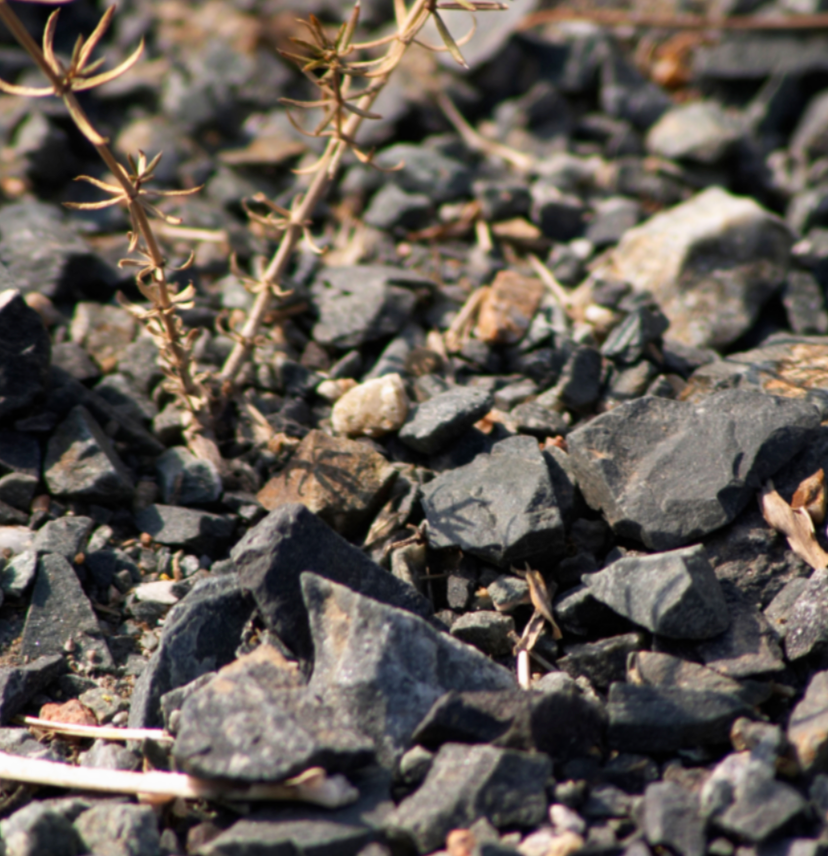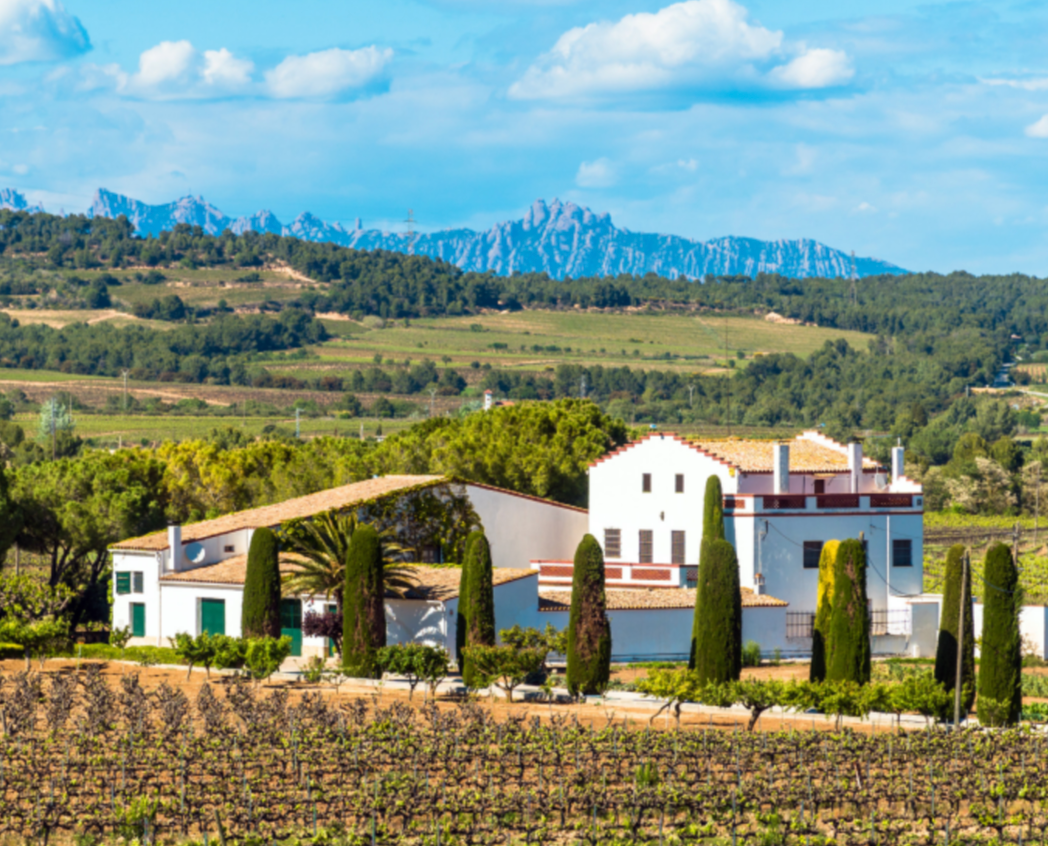For the second time in as many days, we have a game-changing Spanish white wine to share with you. Whether you’ve tried the Basque specialty known as Txakolina or no, it doesn’t matter—because this is an entirely different, utterly spellbinding Txakolina that turns the category on its head.
Traditionally, Txakolina white wine was known as a light, racy, sprizty quaffer, usually poured in a dramatic arc from a long-spouted pitcher known as a porrón. Ironically, however, Spain’s bucolic País Vasco (Basque Country) also boasts one of the densest concentrations of Michelin-starred restaurants in the world. Around San Sebastián, there’s Arzak, Martin Berasategui, and Mugaritz, to name a few; then there are destinations further afield, like the magical Asador Etxebarri in the tiny village of Axpe. These are the places today’s profound white from Bodega Hiruzta is meant for. “Parcela No. 3” is a multi-layered, single-vineyard expression of the local Hondarrabi Zuri grape, a homegrown alternative to the pristine white Burgundies and other blue-chip bottles served in the area’s fine-dining temples. Aged a whopping three years on its lees, it’s a next-level Txakoli that left us all astonished, deeply impressed, and longing for another visit to this delicious part of the world. What little we received is all there is in the US, so this is your one chance to try this paradigm-shifting Spanish treasure. Do not miss it!
The Hiruzta winery, the brainchild of Asensio Rekalde and his two sons, Txarli and Ángel, is connected to another ambitious Basque restaurant called
Asador Sutan, perched on the slopes of Mount Jaizkibel in Hondarribia. It is part of the Getariako Txakolina DOP (
denominación de origen protegida), one of three geographically specific Txakolina (chock-o-leena) appellations along the Bay of Biscay and the closest one to Spain’s border with France. It’s a cold, wet, Atlantic-influenced climate, with vineyards planted in coastal hills on soils of mostly alluvial deposits of gravel and sand mixed with chalky clay and limestone. The local grapes—the high-acid Hondarrabi Zuri and Hondarrabi Belza—may not have been considered “noble” varieties in the past, but what’s clear from the emergence of artisanal producers like Hiruzta is that these grapes, and this terroir, are capable of more—more concentration, more complexity, more impact.
All the pieces are certainly in place—the cool, coastal climate, the mineral soils—to make compelling whites, and the Rekaldes have taken full advantage, producing a range of wines from 14 hectares of vineyards in the hills of Hondarribia—which, at lower elevations, runs right up to the French border at the mouth of the Bidasoa River. The sleek Asador Sutan is a built-in showplace for the wines, with today’s “Parcela No. 3” perched at the top of the pyramid. Sourced from a single plot of old-vine Hondarrabi Zuri and left to age for three years in tank on its lees, this ’14 has many kindred qualities to top-tier white Burgundy and some of the most prestigious whites of the Loire Valley. Long lees aging not only imparts aromatic complexity and textural depth but is known to preserve freshness: the lees (spent yeast cells) have antioxidant properties, preserving primary fruit flavors and enabling producers to minimize sulfur additions at bottling.
So, while today’s wine is a 2014, it nevertheless displays a youthful vibrancy that bodes well for continued evolution in the bottle. Shining a deep straw-gold in the glass, its aromas are an enlivening tangle of yellow apple, Bosc pear, yellow peach skin, citrus zest, dried apricots, cream, exotic spice, rising bread dough, and the salty, “sea spray” quality so typical of wines of this region. Simultaneously creamy and piquant, it is medium-plus in body and shot through with an electric charge of acidity that gets the salivary response going and makes you crave food. Decant it about 15 minutes before serving at 45-50 degrees in all-purpose white wine stems, pair it with a Basque-style seafood stew, and ready yourself for one of the most memorable meals of your life. This wine is both sophisticated and primal at the same time—it makes you think and it makes you hungry, which is everything you could possibly want from a wine. If only we had more—we can’t get enough of it!





